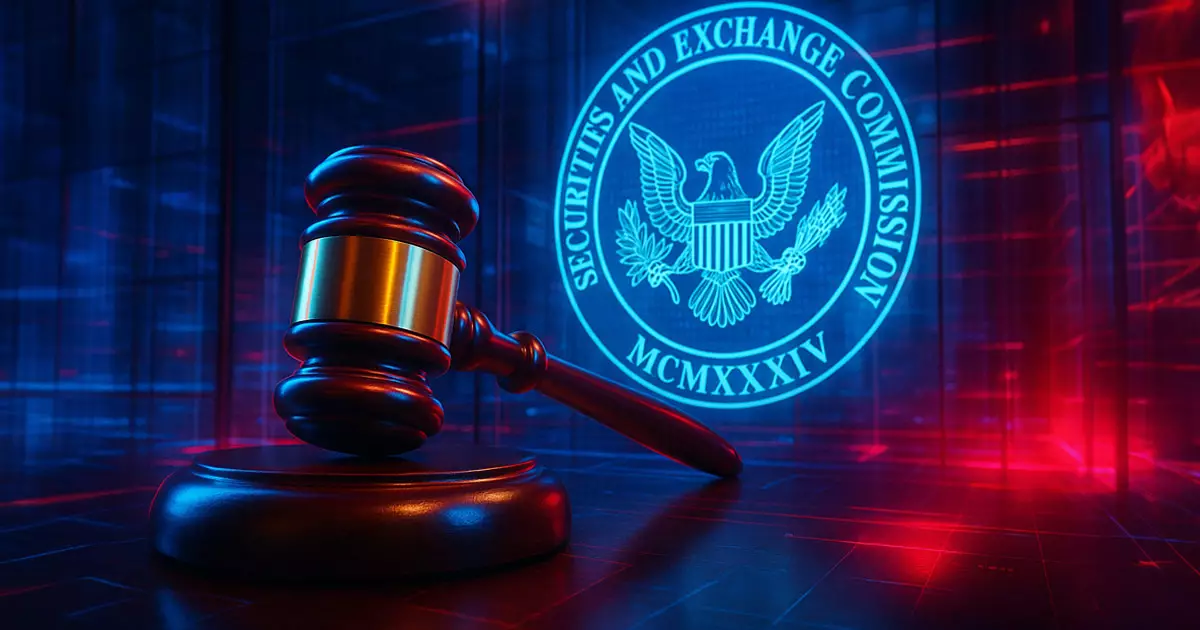Decentralized finance (DeFi) is a rapidly evolving arena that poses unprecedented challenges and opportunities in the realm of digital assets. The recent correspondence from the DeFi Education Fund (DEF) to the Securities and Exchange Commission (SEC) highlights the pressing need for a structured, yet dynamic, regulatory framework. By advocating for a “token safe harbor,” the DEF proposes five foundational principles that aim to strike a fair balance between innovation and regulatory oversight. This article dissects these principles, emphasizing their significance in promoting a healthier DeFi ecosystem.
Encouraging Decentralization: A Path to Innovation
The crux of DEF’s proposal lies in establishing a safe harbor that encourages genuine efforts toward decentralization. The current regulatory climate often seems stifling, detrimental to projects that cannot swiftly conform to rigid classifications or requirements. By advocating for a framework that remains agnostic to specific technologies, the DEF opens the door for innovation unencumbered by a one-size-fits-all approach that could hamper diverse blockchain ventures. Allowing a time-limited exemption for projects that are evolving toward decentralization is not just a good idea; it is essential for fostering a vibrant landscape where creativity can thrive.
The DEF astutely notes that project eligibility shouldn’t hinge solely on their inception but should encompass those that are actively pursuing decentralization. This approach is pragmatic, recognizing that many existing tokens can transition into compliant frameworks if given the necessary leeway. Such flexibility is vital for inclusivity in an industry that demands quick adaptation to ever-evolving market dynamics.
Disclosure Obligations: Balancing Transparency and Prudent Innovation
Transparency is often touted as a foundational virtue in the crypto space, yet the DEF recommends calibrated disclosure obligations to avoid overwhelming nascent projects. Transparency does not need to equate to excessive information dumps that can confuse rather than enlighten. Instead, the proposed focus on source code transparency, governance structures, team activities, and cybersecurity audits strikes a balanced approach.
By emphasizing meaningful disclosures—without imposing draconian measures—the DEF advocates for an environment where early-stage teams can operate effectively. The suggestion for periodic disclosures throughout the safe harbor period showcases a reasonable approach to ensure that stakeholders remain informed without drowning them in regulatory paperwork. This symbiotic relationship between regulators and innovators could redefine how transparency is viewed in the crypto world.
The Critical “Exit Test”: Defining the Road to Compliance
One of the standout features of DEF’s proposal is the introduction of an “Exit Test.” This test aims to delineate when a project has sufficiently evolved to be classified outside the realm of securities. It proposes vital benchmarks like maximum transparency, lack of centralized control, and automated transaction processes. The idea is striking—establishing clear, achievable criteria that projects can aim for within a realistic timeframe, essentially crystallizing the path toward compliance.
A framework that encourages optimistic yet pragmatic objectives could expedite the maturation of the DeFi ecosystem. It also fosters trust, creating an environment where participants feel more secure investing in or engaging with these projects, knowing there is a clear path to compliance they could achieve.
Protecting Market Participants: Reducing Regulatory Barriers
A noteworthy aspect of the DEF’s proposal involves adopting measures that protect secondary market participants. By easing the burdens on businesses facilitating token trades—such as exchanges—the DEF is rightfully calling for a regulatory environment that reduces legal ambiguities. This is crucial for encouraging diverse participation in decentralized spaces, as onerous regulations can deter even the most committed innovators.
The notion that intermediaries should not be classified as broker-dealers while a token resides within the safe harbor is particularly compelling, reflecting an understanding of the challenges faced by market participants. By mitigating regulatory frustrations, there is a potential for an enriched market that encourages a broader range of investors, ensuring robust liquidity and diversity in tokens.
The Need for Legislative Clarity: A Call to Action
While the DEF champions the token safe harbor, it also recognizes that enduring legal clarity is best achieved through comprehensive legislative frameworks. It is vital to establish a robust structure that can withstand the test of time rather than relying on ad-hoc regulations. This call for action highlights the urgency for Congress to engage in meaningful discussions surrounding digital asset legislation.
The DEF’s commitment to ongoing engagement with the SEC and the broader crypto community demonstrates a collaborative spirit that is essential for progress in this space. But ultimately, real leadership must emerge from legislative bodies to provide the legal foundations that nurture innovation while safeguarding investor interests. The journey toward an effective and supportive regulatory framework in the DeFi sphere is underway, but it requires the vision and steadfastness of all stakeholders involved.

